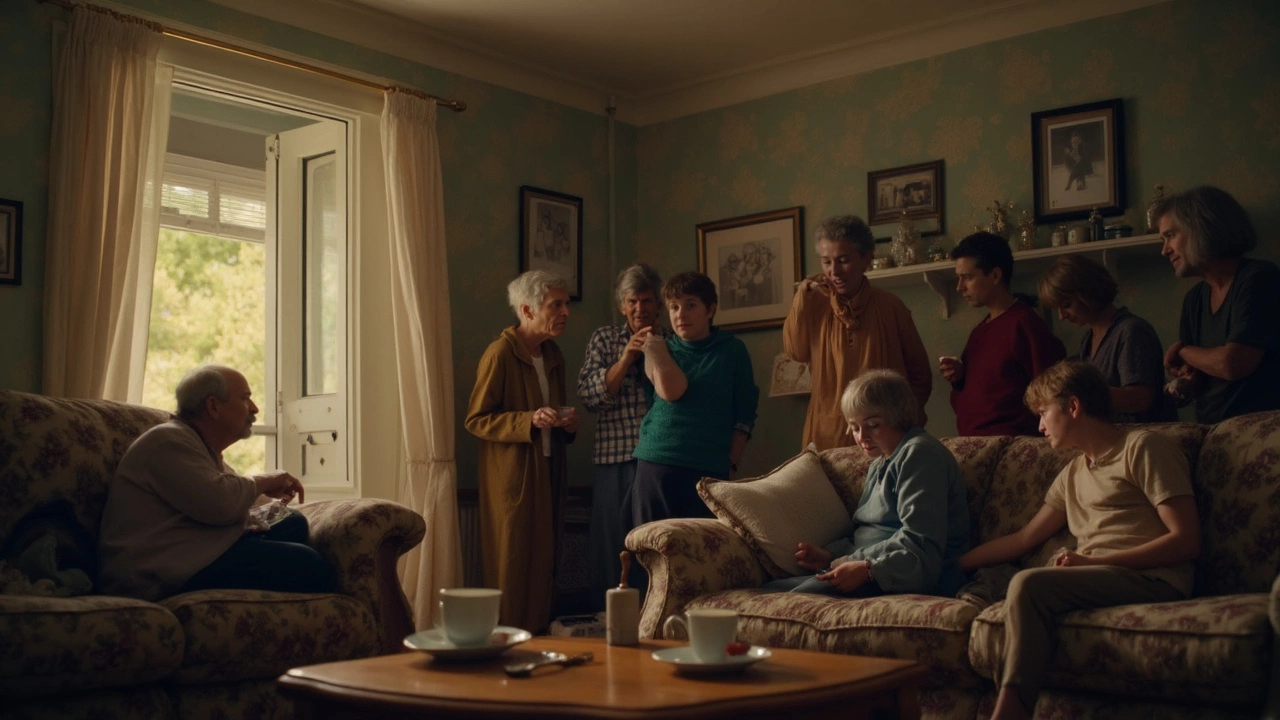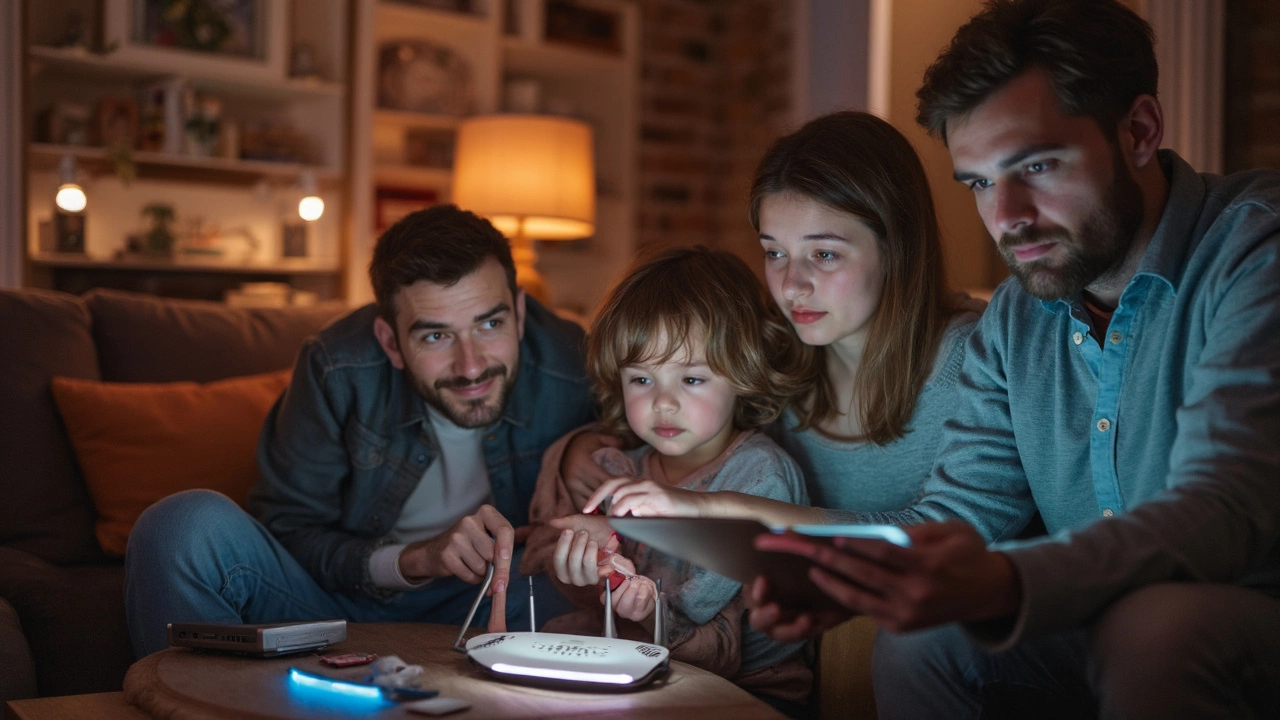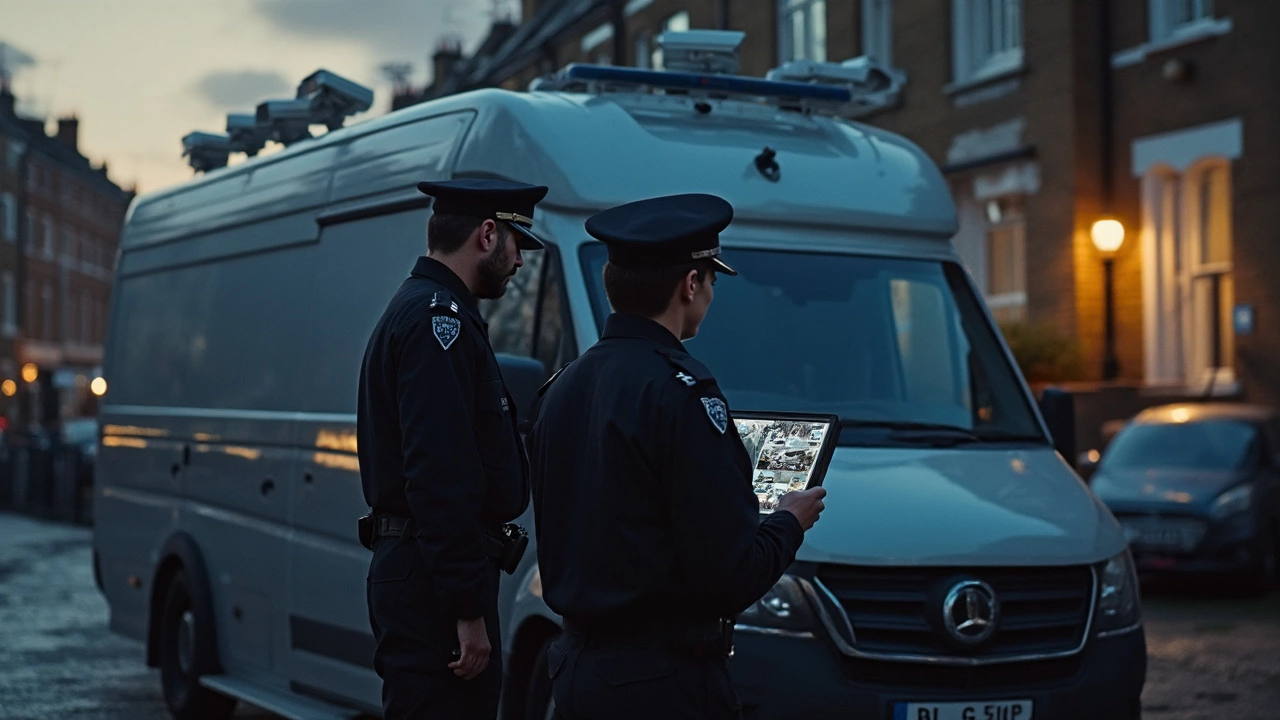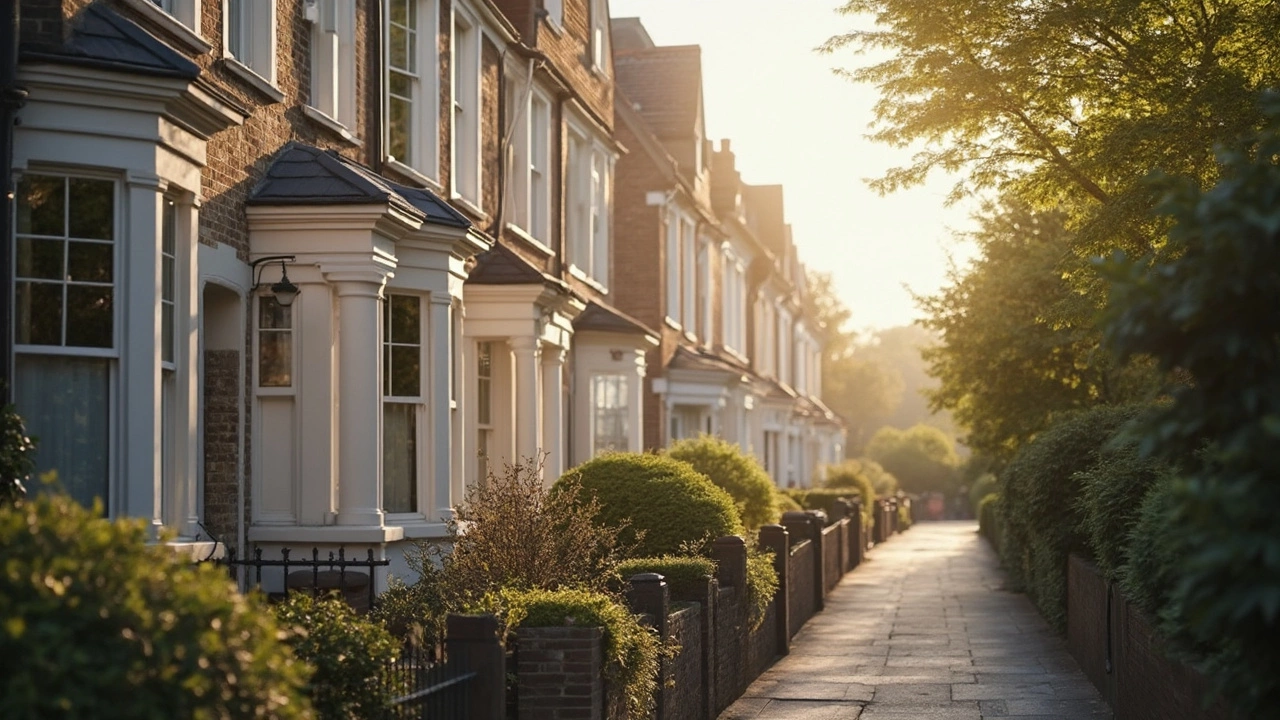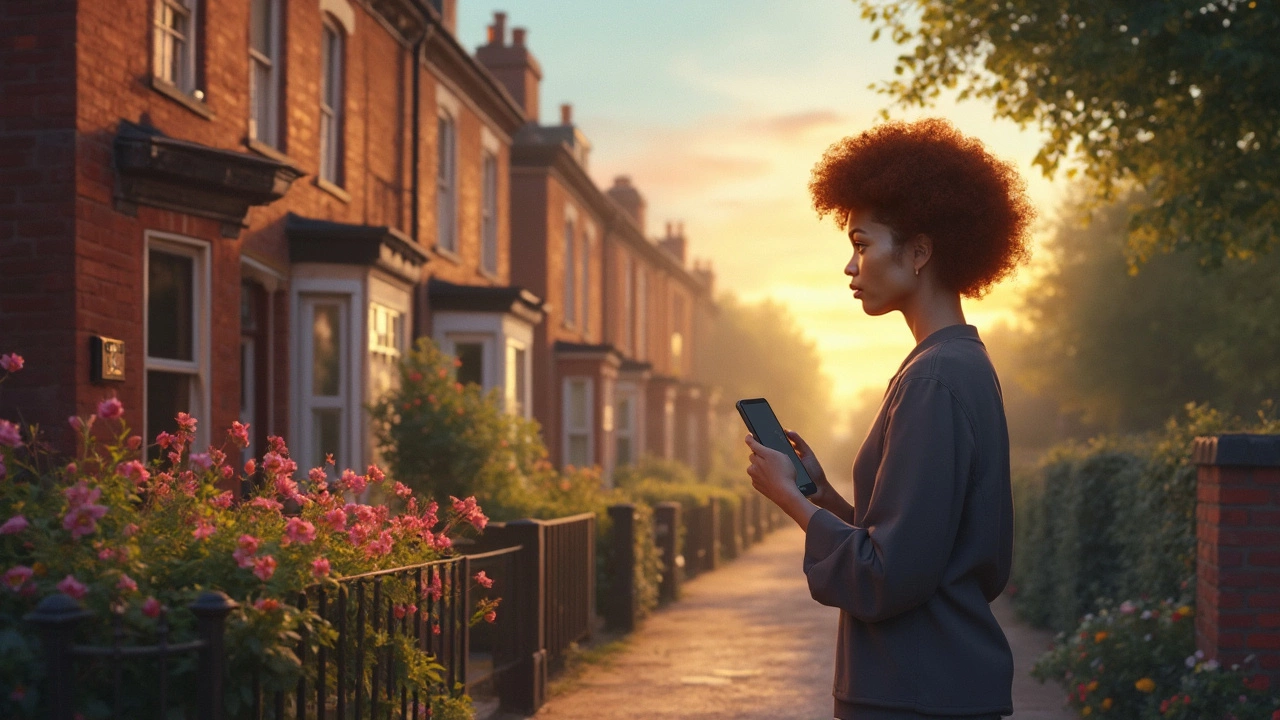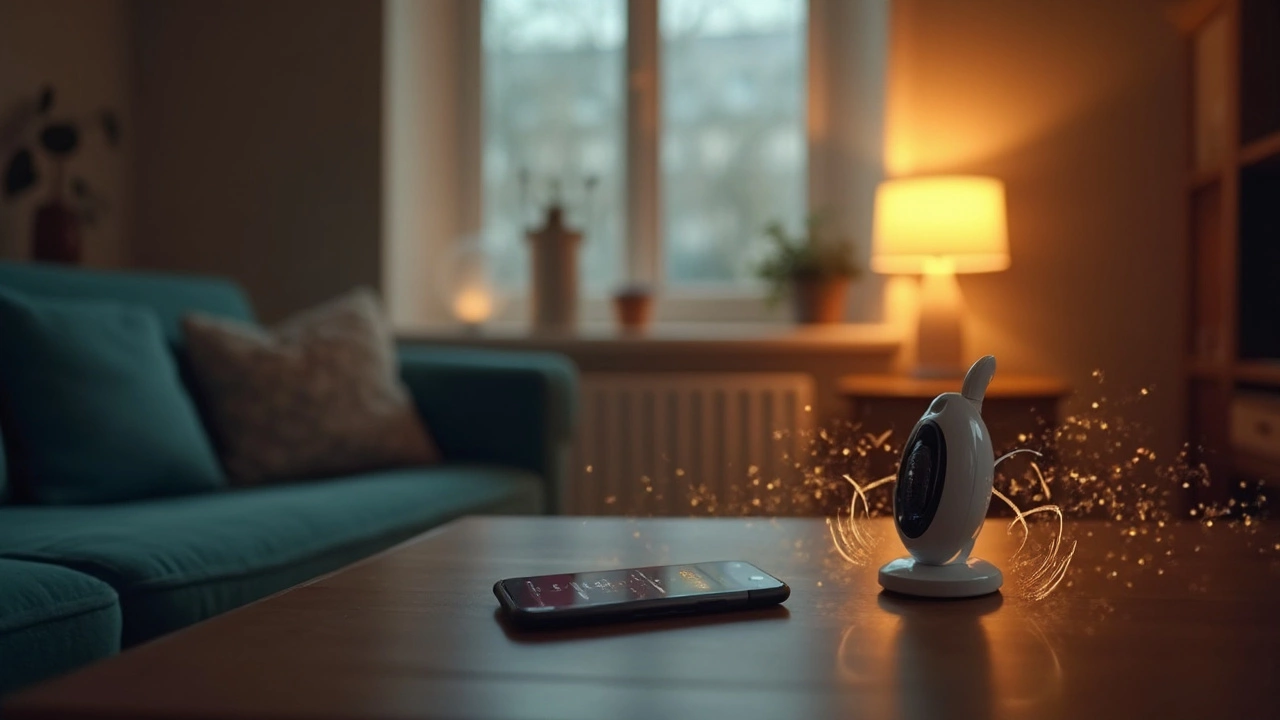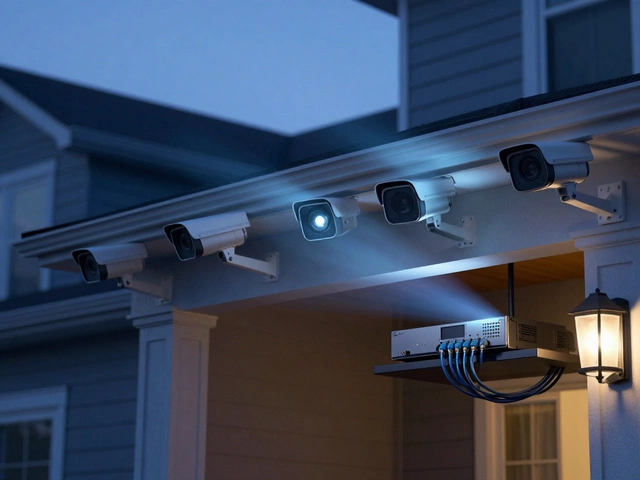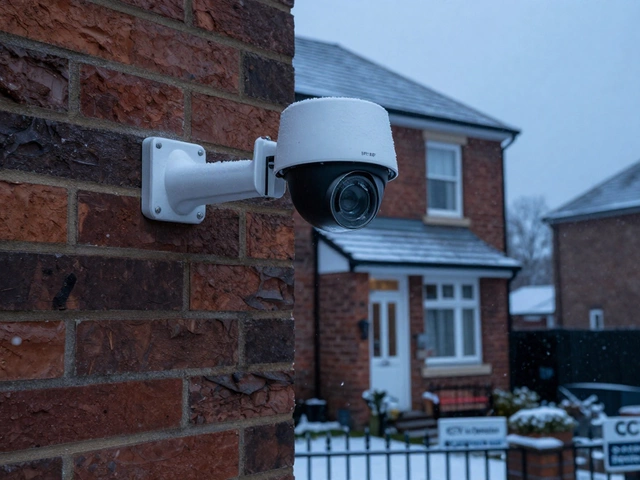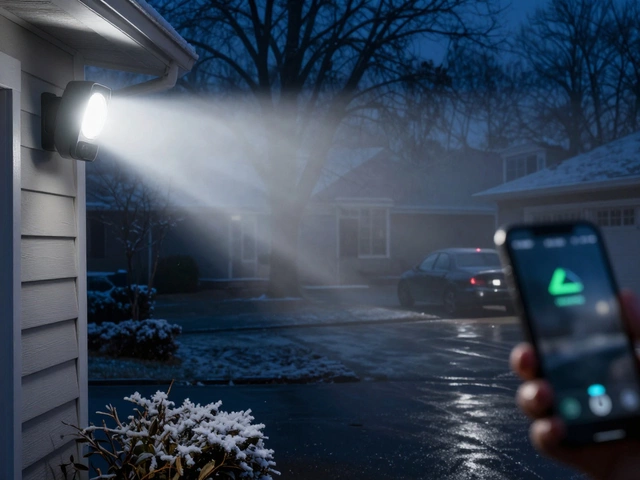Privacy in Smart Home Security – What You Need to Know
Smart gadgets make life easier, but they also open doors to privacy problems. From video doorbells that record every visitor to Wi‑Fi cameras that broadcast live footage, it’s easy to wonder: are you really in control of your own home?
Common Privacy Risks with Smart Devices
First, think about the data each device collects. A doorbell camera pulls video, timestamps, and sometimes audio. If the footage is stored in the cloud, a hacker could potentially access it, especially if you use a weak password. The same goes for Wi‑Fi security cameras – they often default to generic login details that many users never change.
Second, the internet connection itself can be a weak spot. When your smart home hub loses Wi‑Fi, some devices fall back to cellular or local storage, but not all do. That means a brief outage could either stop recording or, worse, push the data to an unsecured backup.
Third, neighbor complaints can become legal headaches. In the UK, the Surveillance Camera Code of Practice says you must not record areas beyond your property without a good reason. A Ring doorbell pointing at the street might be fine, but if it captures a neighbour’s garden, they could raise a privacy claim.
How to Protect Your Home’s Privacy
Start with strong, unique passwords for every device. Use a password manager if you can’t remember them all. Enable two‑factor authentication wherever it’s offered – a quick text code adds a solid layer of protection.
Next, check your device’s settings. Many cameras let you turn off audio recording or limit cloud storage. If you don’t need 24/7 video, switch to motion‑triggered recording. That cuts down on data you store and reduces the chance of something being leaked.
Update firmware regularly. Manufacturers push patches that fix known security flaws. A quick check once a month can keep your system safe without much effort.
Consider where you place devices. Position doorbells and cameras so they focus on your property lines, not the neighbour’s driveway or public footpaths. A slight angle adjustment can keep you compliant with the UK’s privacy guidelines.
If you’re unsure about legal standing, talk to a local council or a privacy specialist. Knowing the exact rules for your area helps you avoid costly disputes and keeps the peace with neighbours.
Finally, think about offline options. Some alarm systems work without an internet connection, relying on cellular signals or local monitoring. They can be a good backup if you’re worried about cloud breaches.
Balancing convenience with privacy isn’t a nightmare – it’s a series of small, sensible steps. Secure passwords, smart settings, regular updates, and thoughtful placement go a long way toward keeping your home safe and your data yours.
By staying aware of the risks and taking proactive measures, you can enjoy the benefits of a smart home without sacrificing peace of mind.

